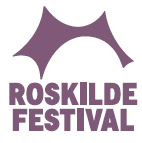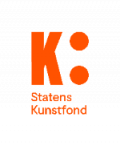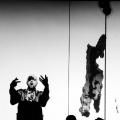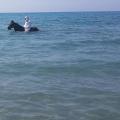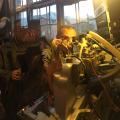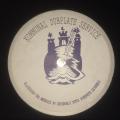
HVAD / Kommunal Dubplate Service
Nørrebro in Copenhagen is home to what is (presumably) the world’s only municipal record cutting studio. Known as Kommunal Dubplate Service, the studio is the haunt of artist and musician Hari Shankar Kishore, a unique figure on the Danish performance and music scene. In addition to producing dubplates in collaboration with the studio’s users, Kishore creates his own works under the alias HVAD.
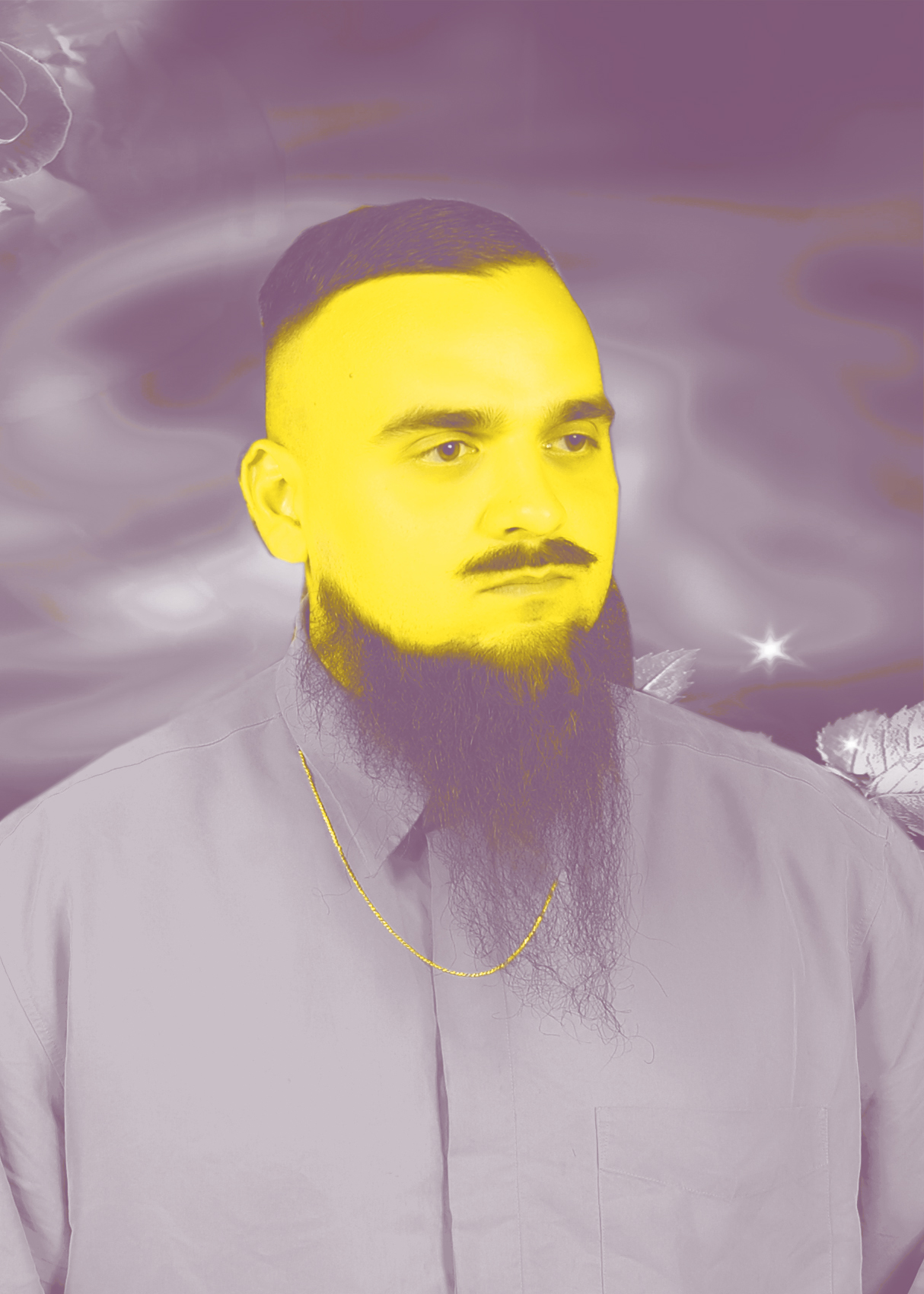
Since 2008, Kommunal Dubplate Service has been a central hub for much of the experimental Danish music scene. This year, Kommunal Dubplate Service and Hari Shankar Kishore celebrate their tenth anniversary, and the Museum of Contemporary Art marks the occasion with the exhibition HVAD / Kommunal Dubplate Service. Here, a large quantity of music, record covers, video works and performances are presented to wider audiences for the first time.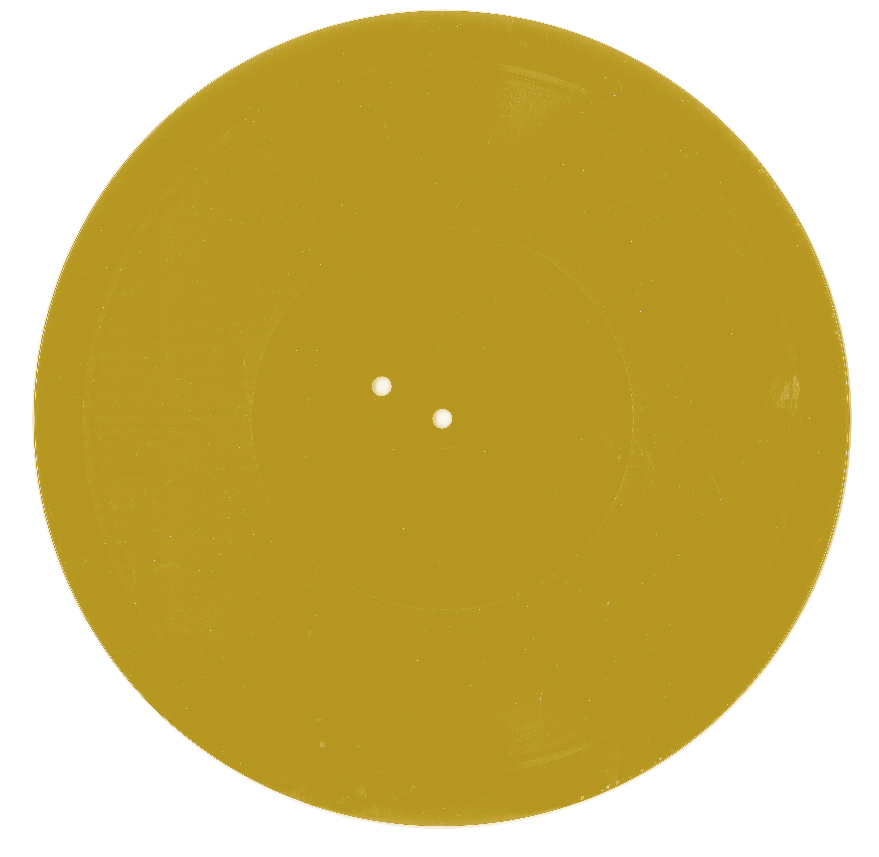
About the exhibition
The exhibition HVAD / Kommunal Dubplate Service is a solo show presenting Hari Shankar Kishore’s artistic work, but it also sums up ten years of work on the scene associated with Kommunal Dubplate Service.
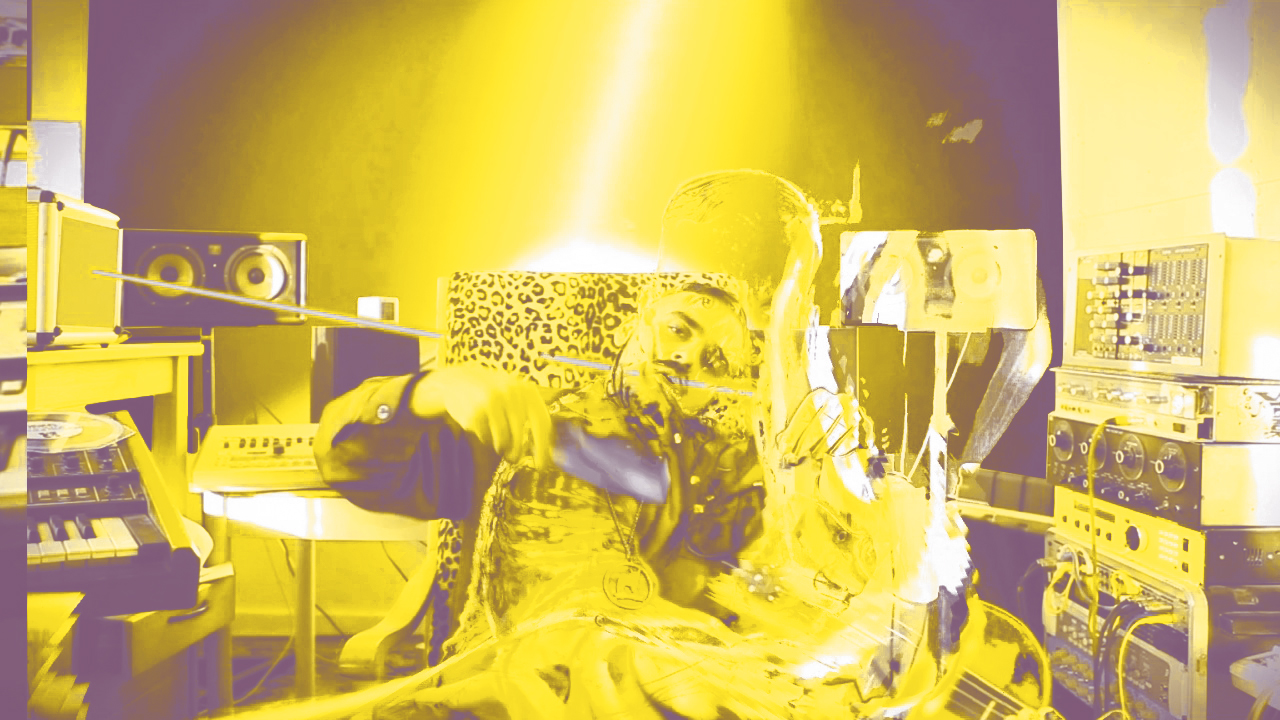 The exhibition comprises three immersive installations.
The exhibition comprises three immersive installations.
The first and largest room of the exhibition is a tangible manifestation of the music created in and by Kommunal Dubplate Service in the form of a listening station. Here, visitors can play records – all of them unique dubplates cut by Kishore himself.
In the museum’s darkened cinema, HVAD presents a new video work that combines old productions with new recordings.
The final room of the exhibition contains a new, downscaled version of Kommunal Dubplate – Roskilde Dubplate Service. Here, visitors can have their own music cut onto discs in collaboration with Kishore. When the studio is not actively used, it forms a sound installation of spinning dubplates.
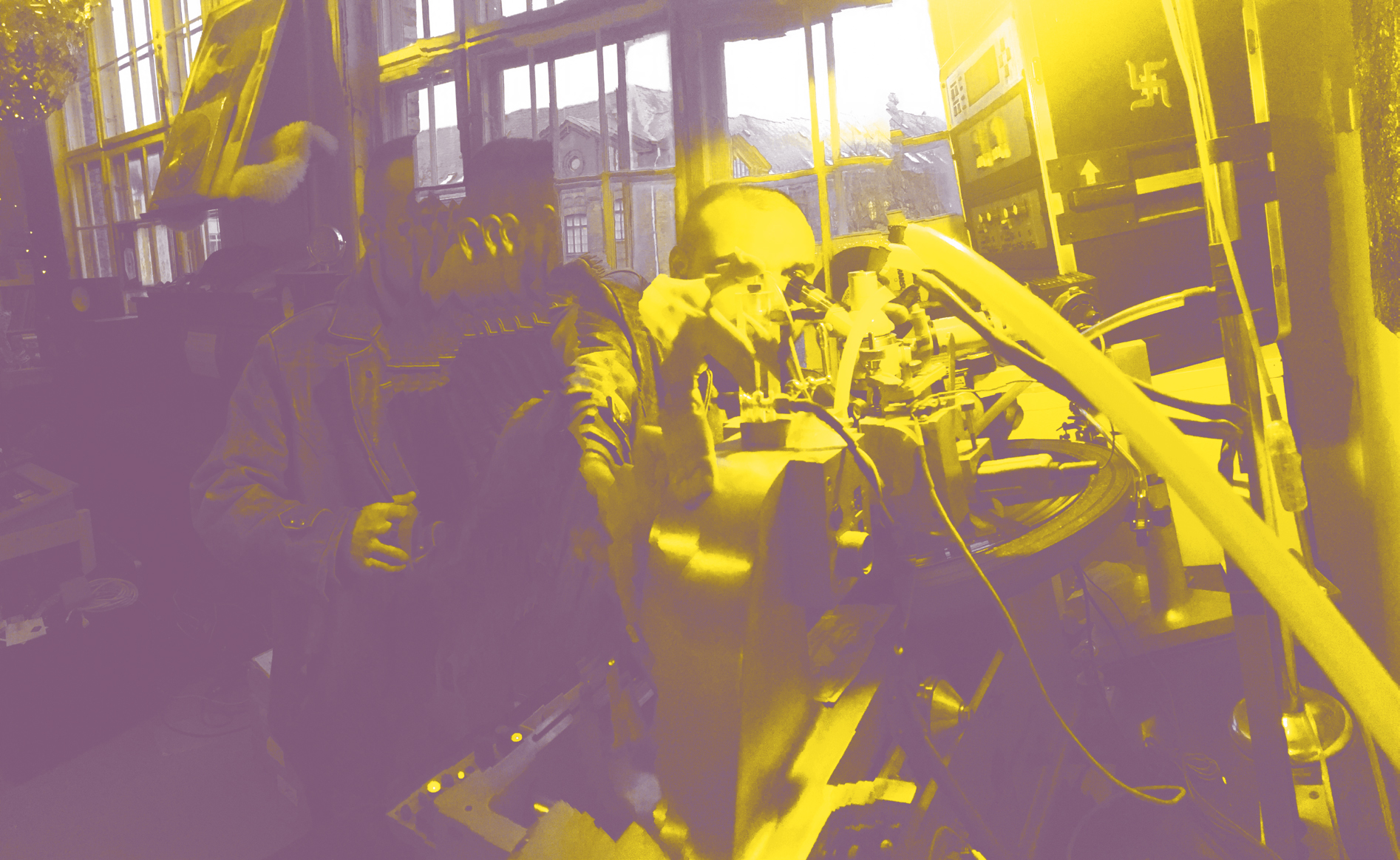 Negative music, dubplates made of bullet-proof plastic and hand-built speakers
Negative music, dubplates made of bullet-proof plastic and hand-built speakers
Over the years, Kishore has kept the shavings created when cutting out dubplates. He calls it negative music – the shavings are quite literal negatives of the music cut into the grooves of the discs. At the exhibition, visitors can view a collection of negative music which Kishore has placed in an urn. Visitors can also see a range of different dubplates by Kishore, decorated with patterns, hatchings and paint. Some have been cut from bullet-proof plastic. The exhibition also includes a large dubplate sound system with hand-built speakers.
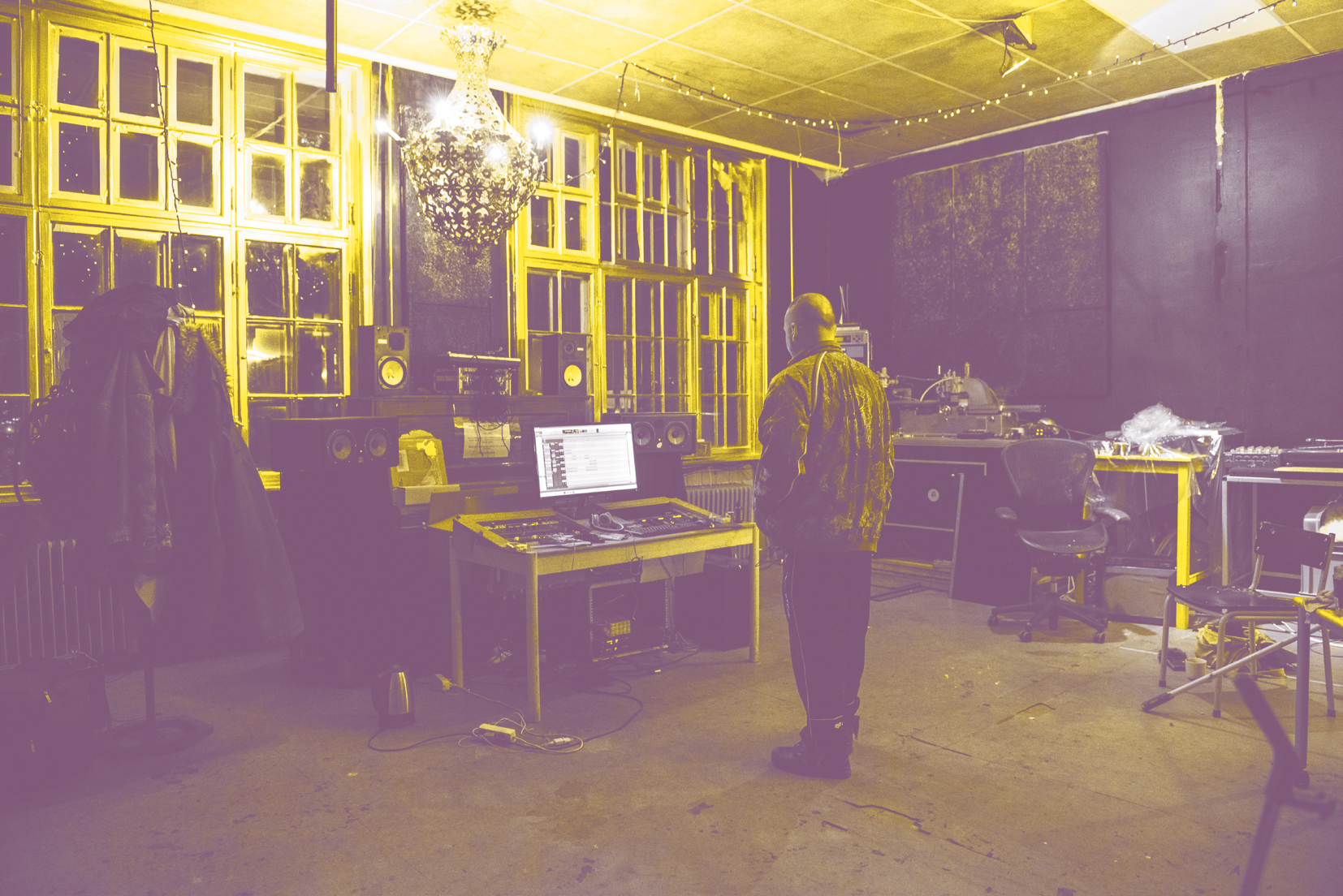 Performance, new album and Roskilde Dubplate Service
Performance, new album and Roskilde Dubplate Service
The exhibition also includes a concert performance featuring HVAD at Roskilde festival; a new HVAD album created especially for the exhibition and published as individually cut dubplates; and three events where museum users can have unique dubplates featuring their own music cut by Roskilde Dubplate Service.
What is a dubplate?
A dubplate is an LP of which only one copy exists. A standard LP is made out of vinyl and mass produced in a printing press, whereas a dubplate is made using a thin aluminium disc covered in acetate: the music is cut directly onto the glossy acetate by means of a needle. Once the dubplate has been cut, it can be played back like standard vinyl records, but it is far less durable than vinyl and quickly becomes worn. This causes the sound to organically change as the grooves in the acetate wear down.
Roskilde Dubplate Service
– have your own record cut
On three Wednesdays during the exhibition period, one of the exhibition rooms will be transformed into a working dubplate studio where Hari Shankar Kishore will help you cut a unique dubplate. So if you make music and would like to have disc cut of your work, come visit the Roskilde version of Kommunal Dubplate Service.
Practical info
16.00 – 20.00 Wednesday 6 June
16.00 – 20.00 Wednesday 25 July
16.00 – 20.00 Wednesday 29 August
The price is DKK 200 for the dubplate itself and DKK 10 per minute of recorded music. This covers the cost of the actual dubplate and the wear and tear on the cutting needle. You can also have your music cut onto a hand-crafted disc of bullet-proof acrylic instead of a dubplate.
For details, visit the Museum of Contemporary Art’s Facebook page.
To sign up, e-mail info@samtidskunst.dk.
Availability is limited; places are allocated on a first come, first served basis.
HVAD at Roskilde Festival 2018
Extending the exhibition HVAD / Kommunal Dubplate Service into the realm of live performance, HVAD will perform at this year’s Roskilde Festival on Friday 6 July at 18.00 on the Gloria stage.
HVAD’s show on the Gloria stage will feature a range of discs created by Kommunal Dubplate Service, electronics and singing bowls used as instruments. According to Kishore, the ambience will be that of a surreal rave, ‘Scandinavian cyborg visions’.
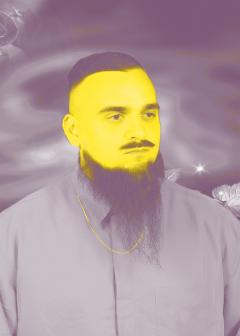
Practical Info
HVAD live Friday 6 July at 18.00
Gloria, Roskilde Festival
About Hari Shankar Kishore
Hari Shankar Kishore (b. 1978) works in a field where music, visual arts and performance art intersect. Since 2008, he has operated Kommunal Dubplate Service, a recording studio in the community centre Støberiet (The Foundry) in Copenhagen. Hari Shankar Kishore has DJ’ed and created music ever since he was a teenager. Working under the aliases Kid Kishore, Albertslund Terrorkorps (with artist Halfdan Pisket), Faderhuset (a collective project) DJ Hvad and HVAD, he has been a unique figure on the Copenhagen underground scene since the 2000s. In 2007 Kishore set up Syk Nok, an artists’ collective and record company that included artists and musicians such as Halfdan Pisket, Lisbent, Teppop, Otpie, Why Be, Goodiepal and Kidd. HVAD’s musical idiom fuses dark electronic music (techno, mash-up, gabba, ambient and drone) with inspiration and instruments rooted in classical Northern Indian music.
About Kommunal Dubplate Service
Kommunal Dubplate Service was launched by Hari Shankar Kishore in 2008, supported by funding from the City of Copenhagen. It is a sound studio where anyone can have Kishore help them cut a master from which to mass produce vinyl records. The studio also acts as a venue for creating new musical experiments facilitated by the considerable quantities of equipment, instruments and machines housed there. Kishore is the key figure throughout, often co-creating, producing and mastering music in collaboration with the artists and musicians who use the studio. Kommunal Dubplate Service is an inclusive project and a remarkable publicly funded alternative platform for music production compared to the commercial music industry. Being an artist-run institution, Kommunal Dubplate Service has created the conditions required to nurture new artistic modes of expression
Dubplates as artistic medium
DJs have often used dubplates because they offer a quick and relatively easy method for giving new music physical, usable form. Hence, the dubplate technology has created a special artistic format, enabling artists to produce and remix music and play it soon afterwards at concerts. In Hari Shankar Kishore’s practice, dubplate technology has become an integrated, central aspect of the way in which he creates music, art and performances. Over the course of a concert or installation, the sound of a dubplate disc with closed grooves will change markedly as the groove becomes worn. The dubplate as a unique object, its rapid deterioration and the special methods used in its manufacture are all key conceptual elements of Kishore’s art.
The ability to control the process of producing albums transforms the carrier of sound – the LP – into an artistic medium in its own right. It allows discs to be cut in alternative ways – for example with closed grooves, causing the pick-up to keep running in the same groove on a loop – and it also enables discs to be cut in other materials such as bulletproof plastic and acrylic. The rapid deterioration of dubplates offers creative potential, too: the gradual change in sound can be used deliberately as an artistic motif.
